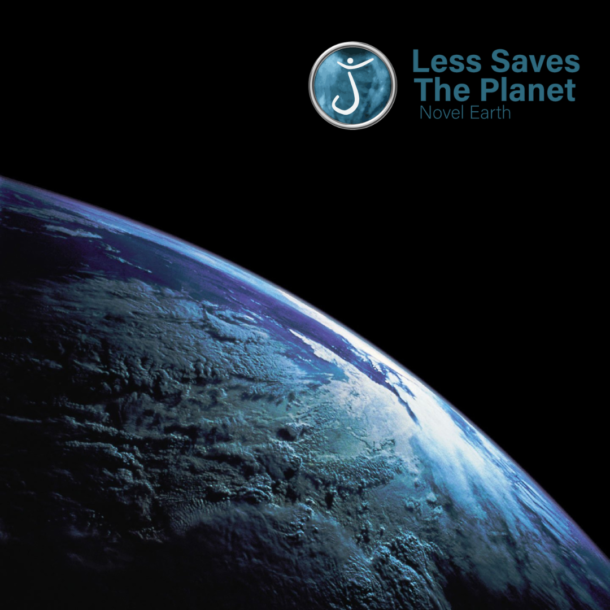
SLOW FASHION : WHAT A GREEN TREND !

Following the rise of fast fashion in the early 2000s, textile consumption has continued to increase, much to the dismay of the planet. By relocating production processes to countries with lower revenues, brands offer a significant number of collections per year, always at low prices. Indeed, the price of clothing has not increased as much as other industries during inflation, so these remain relatively affordable. At the beginning of ready-to-wear, the majority of brands offered two collections: autumn-winter and spring-summer. Today, some fast fashion brands offer more than twenty collections a year. This overabundance of supply causes overconsumption. Indeed, the lifespan of a garment has been reduced by half in 15 years.
The textile industry: pollution
While the textile industry is very large and diverse, it is one of the most polluting. According to data from the United Nations Environment Programme (UNEP) in 2019, the fashion industry is responsible for 8 % to 10 % of global carbon dioxide emissions, more than what international flights and shipping combined generate. Pollution from the textile industry is mainly due to the washing of clothes and their dyeing. These cause a great deal of water pollution as a result of the products used. Thus, the water footprint of the fashion industry is very important. The United Nations Conference on Trade and Development (UNCTAD) estimates in a 2019 report that about 93 billion cubic metres of water are used each year by the industry. This is the same amount of water as it needs to count the water needs of five million people.
Alternatives to fast fashion
Concerns are gradually awakening about the harmful effects of the textile industry on the planet. Today, eco-responsible fashion or slow fashion alternatives are becoming more and more popular. Second-hand retailers are more solicited. According to a study conducted by the Institut Français de la Mode in 2019, 38.7% of French and 53.3% of Americans consumed at least one second-hand fashion item during this year. By adding to second hand all other methods of production considered eco-responsible such as recycled fabrics, organic materials or bespoke, 45.8 % of French people consumed at least one eco-responsible fashion item in 2019.
The main reason for this consumption trend is the price of second hand, which is generally much more attractive than that of new items.
In addition to second-hand buying and selling platforms, whether physical such as thrift stores or virtual apps such as Vinted, more and more slow fashion brands are booming. In Europe, we can count the French brand Maison Cleo or the British brand House Of Sunny, both eco-responsible and following the principle “zero waste”, which consists of optimizing as much raw material as possible as possible.
So don’t hesitate to turn to slow fashion in order to reduce your carbon footprint and preserve the planet. Less Saves the Planet argues that if everyone manages to change what is close to them, a global change will be initiated.



















